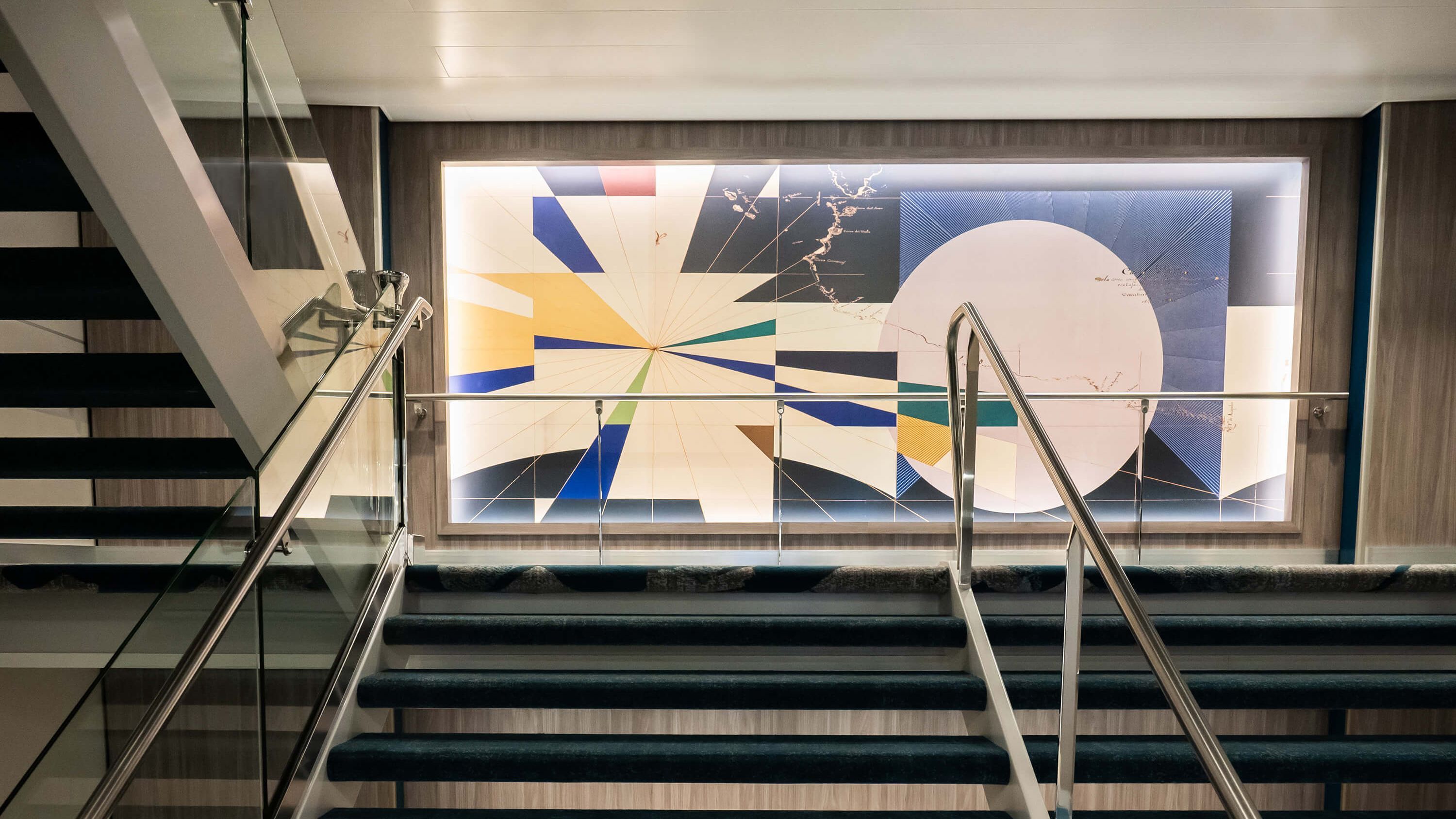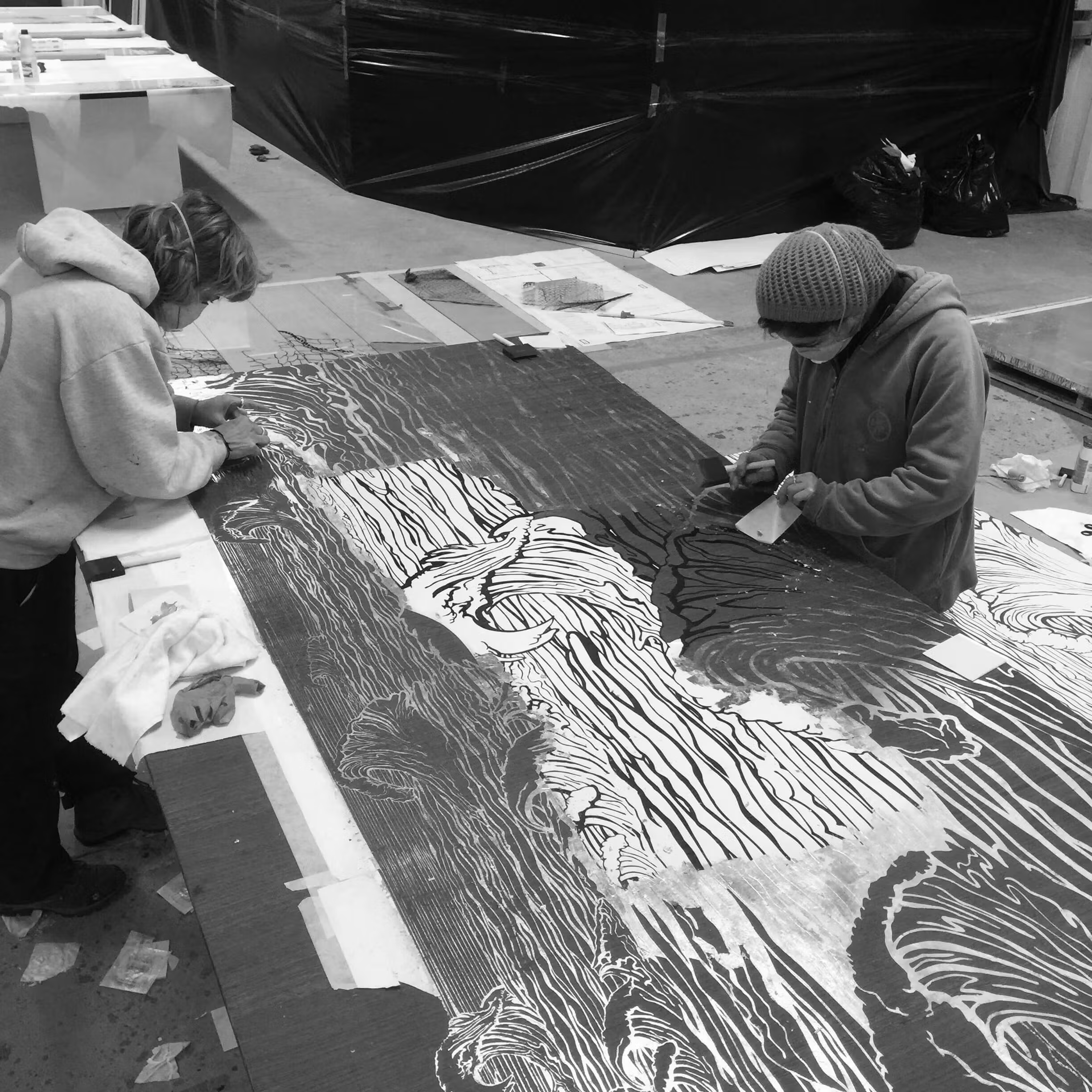Studio Visit | Caroline Zimbalist
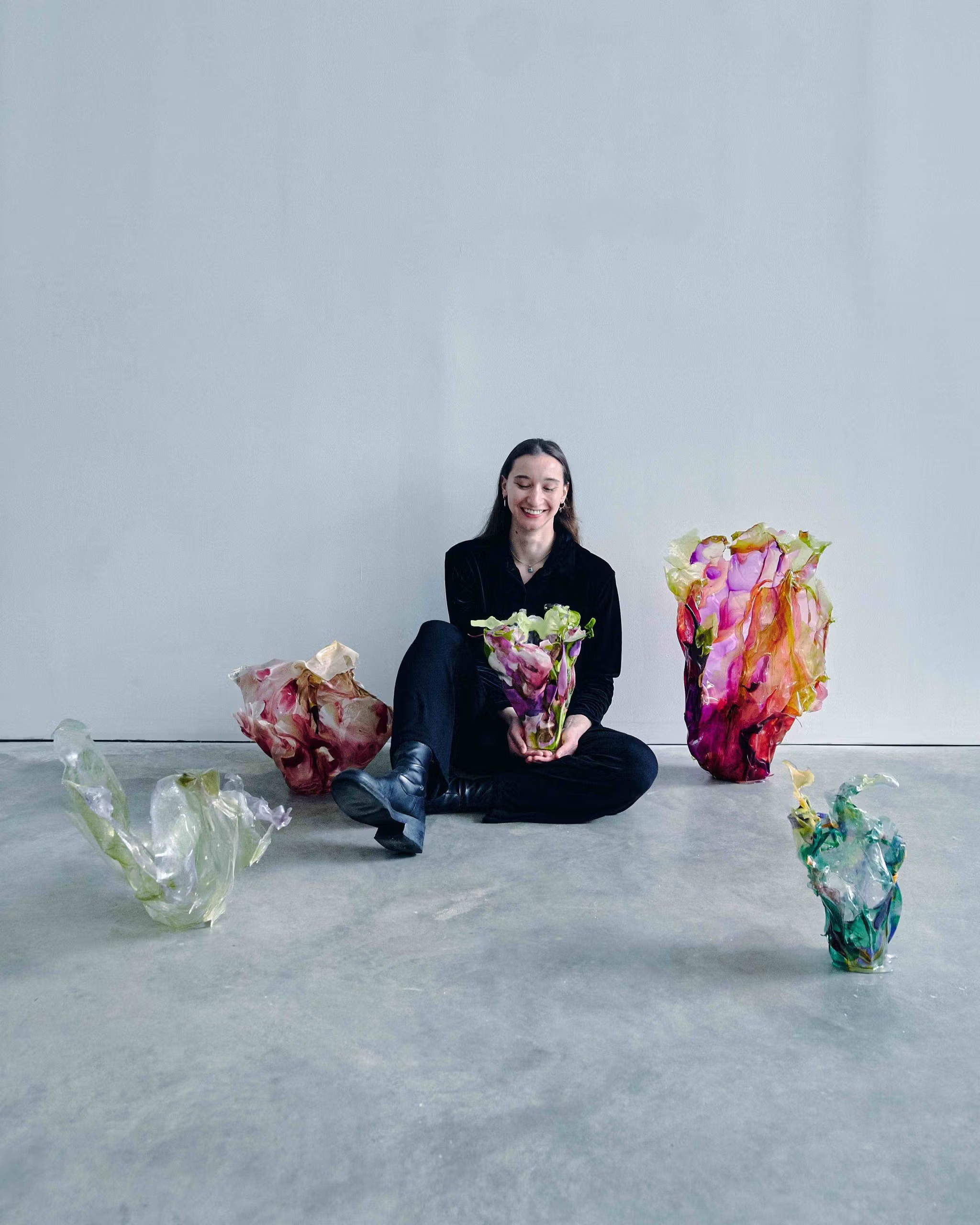

ArtLink is always on the lookout for emerging talent with innovative and unique approaches to art. When we came across Caroline Zimbalist’s bioplastic works, we were immediately intrigued by her fresh perspective and handling of these interesting materials. An emerging artist, Caroline embodies the values we cherish at ArtLink—creativity, innovation, and a dedication to eco-friendly practices. This made her work a perfect fit for ArtLink’s recent TUI Mein Schiff 7 project that was centered around the client’s ethos of discovery and dedication to sustainability, resulting in a large commission of artworks for the ship. We had the pleasure of discussing Caroline’s artistic process, inspirations, and the journey that led her to create the bioplastic sculptures, now featured onboard.


Can you tell us about your background and how you became an artist?
I have been fortunate to always know what I was meant to do. I have drawn, painted, and studied art since I was three years old. There has been no other career path that has ever entered my mind. While in grade school and high school my training was classical art. University was where I learned technical fashion design and avant garde art forms. Now, I do sculpting, painting, sketching, fashion design, and computer assisted design graphics, and my artwork has a special focus in the use of biomaterial.
How did you end up working with bioplastics?
At university, I was determined to create my own textiles. I was having a difficult time with toxic acrylic paint skins and mildly poisoned myself several times. One of my professors suggested I look into “bioplastics” and I began a new path. I researched and experimented with dozens of recipes until I found a few that I could color and manipulate to my preference. They were also non-toxic and biodegradable.
What inspires your work?
My inspiration ranges from shifting landscapes such as aerial views of strip mines, melting glaciers, or the disappearing Aral Sea; weird plants such as climbing vines and futuristic forests; oceans, sea turtles; sunlight; creative food plating and food art; and my German Shepherd.
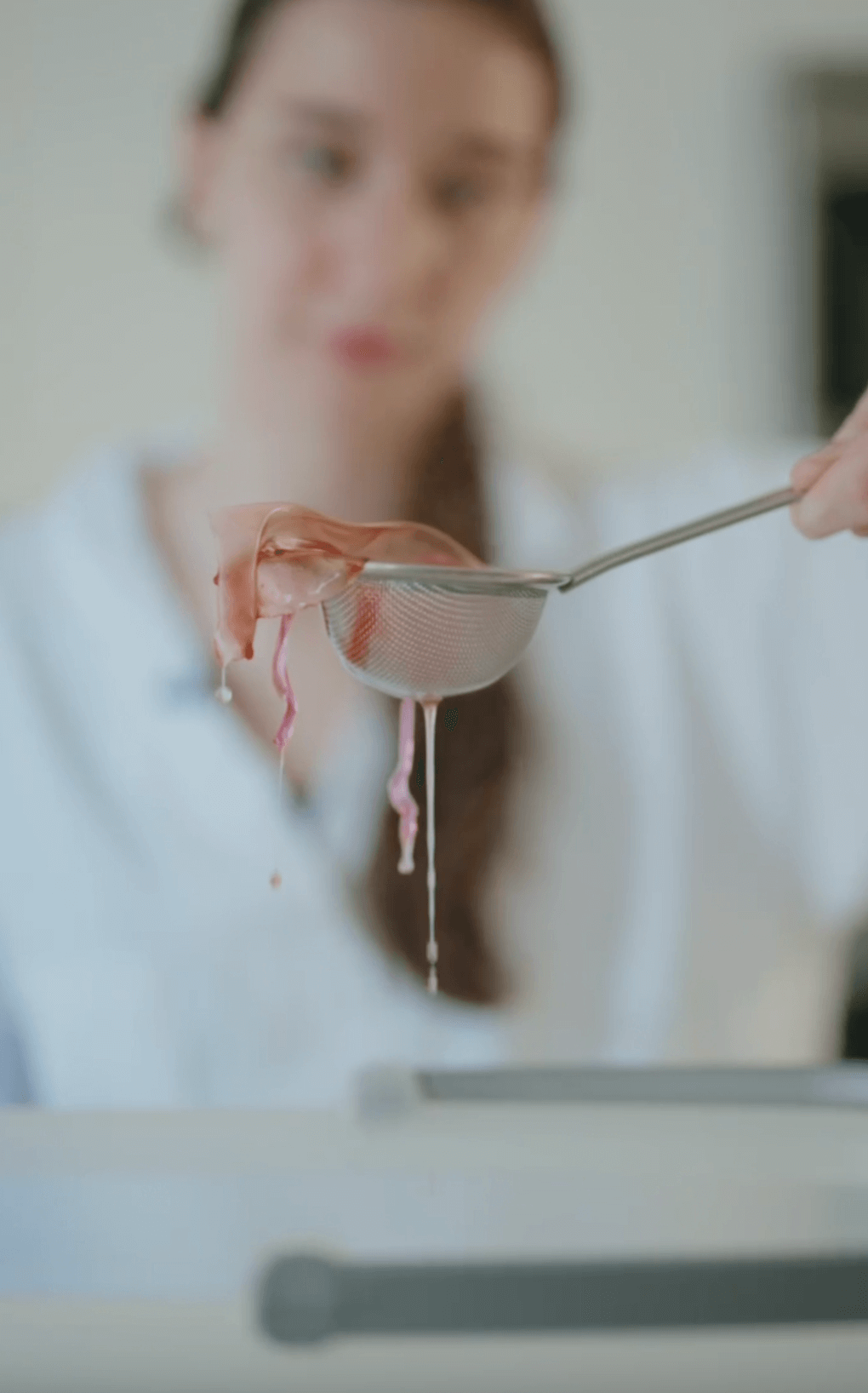
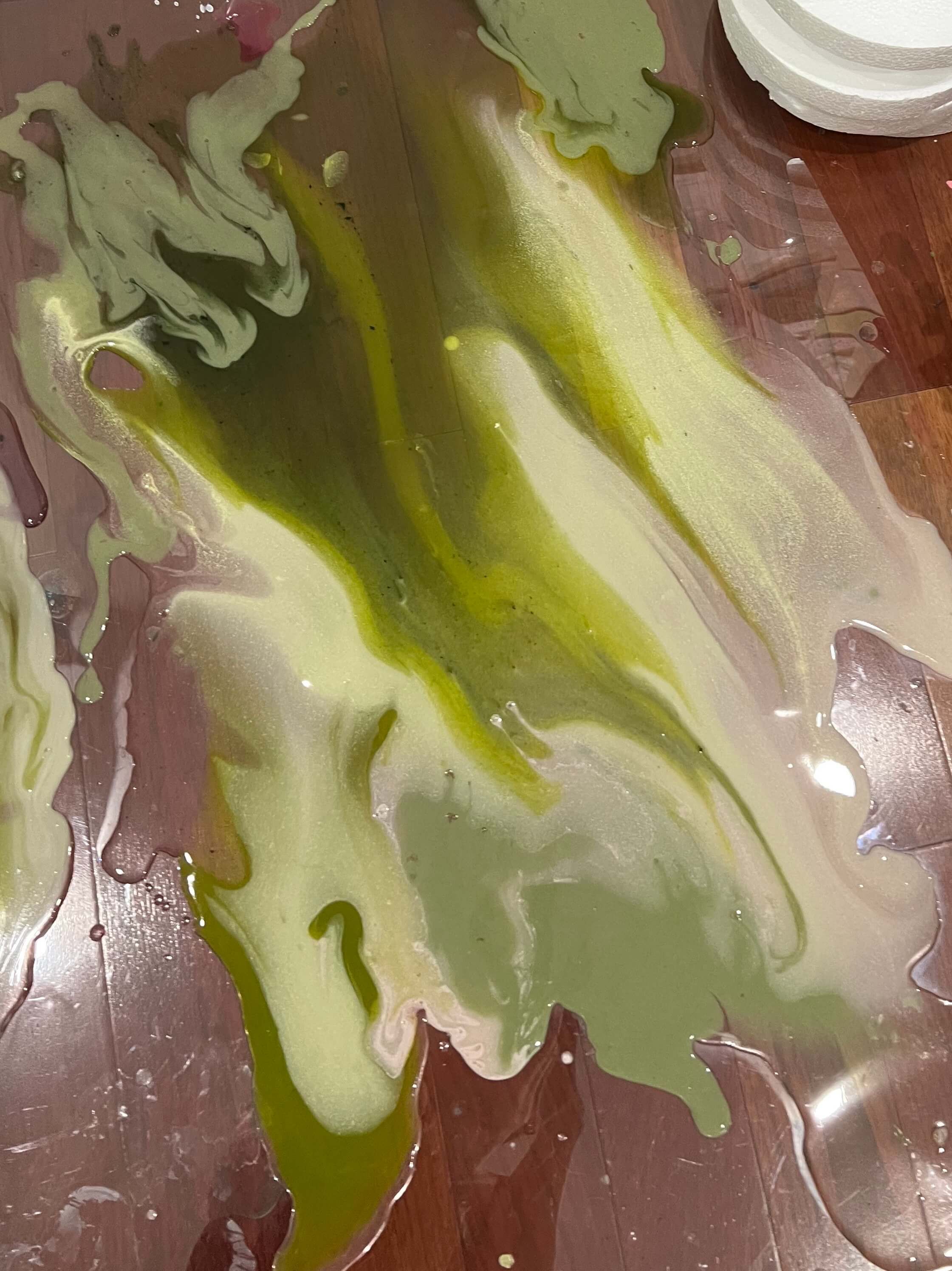
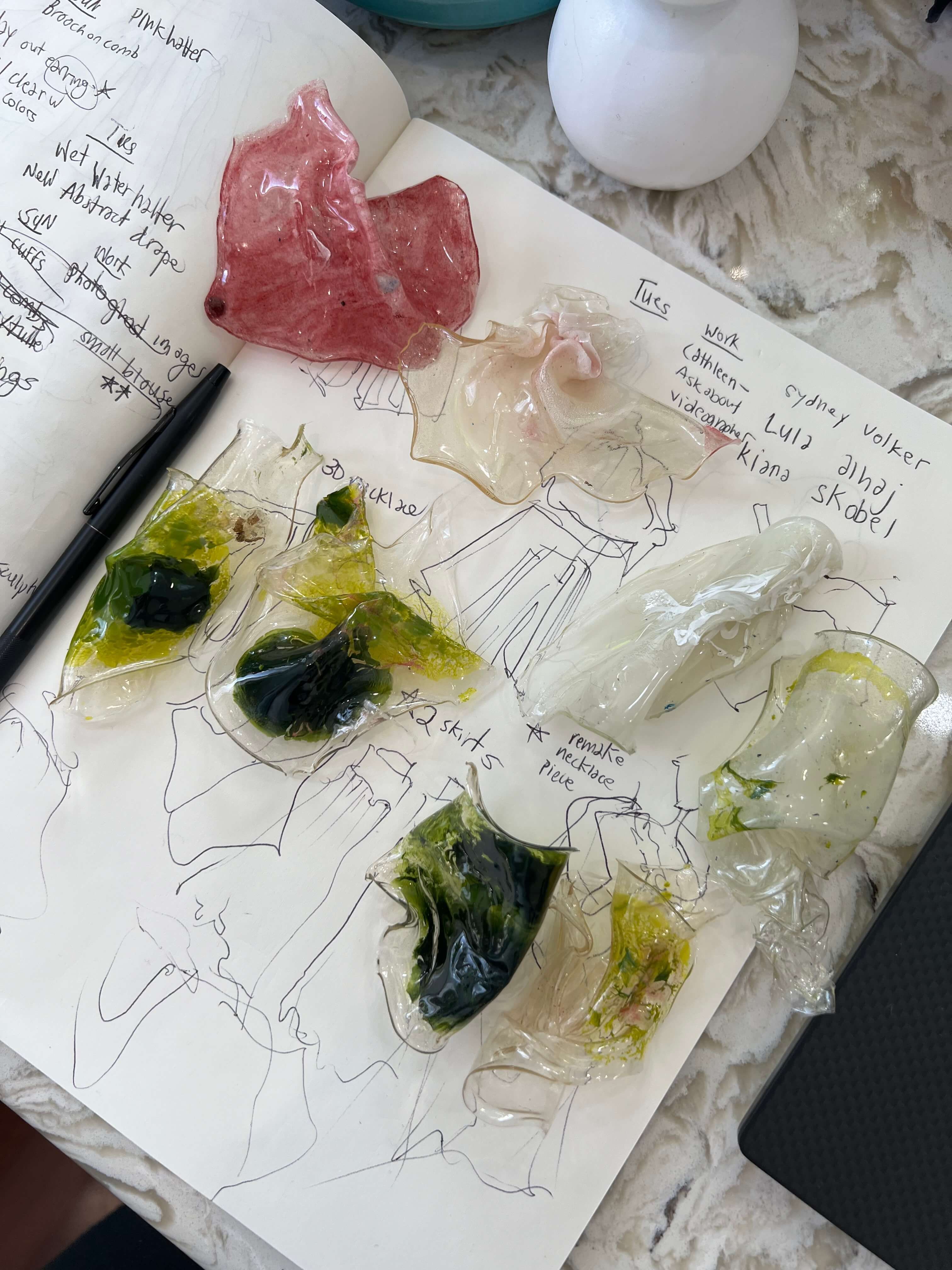
Can you walk us through your creative process for creating bioplastic works?
I always begin with an idea in mind, typically a color palette from an image I love. Next, I will sketch in my notebooks the overall shape/form I am imagining. I will then draw from my inventory of bio-ingredients and start to cook a mixture — adding colors right before sculpting. I am quick with my process and will move from idea to sketch to cooking within a day. The drying time is the longest part of the artwork.
What techniques do you use in molding and dyeing bioplastic?
I am always adjusting and adding variation within my process. I’ll use mica powder and acrylic high flow paints to color most of my work. I use vegetable/fruit based dye for other pieces.
Molding is always changing. I most often work with my hands and use household products (for example, a roll of toilet paper, a coffee mug, or masking tape) to help hold material in place while it dries. I make my own molds out of clay and I also use store-bought molds.
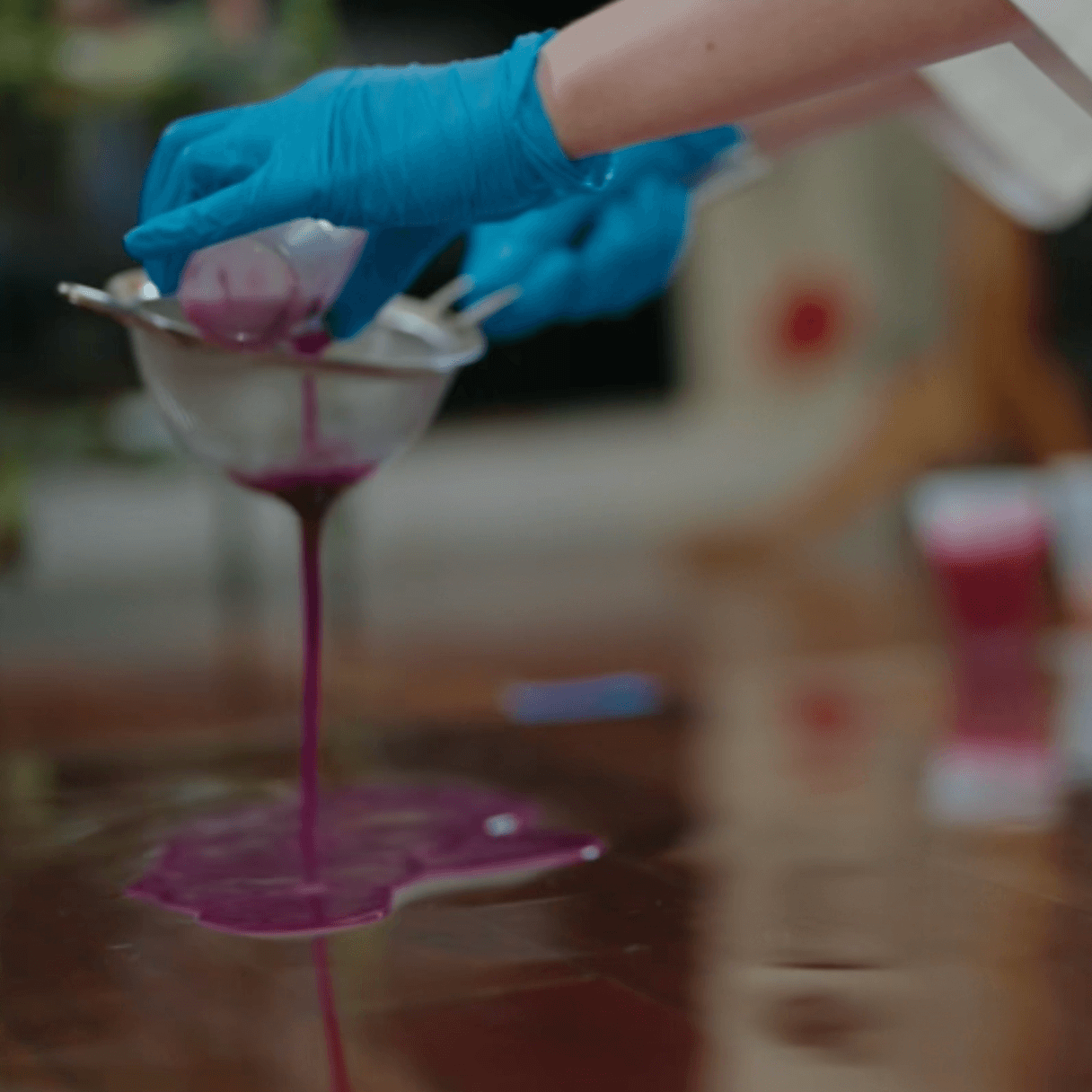

Do you face any technical challenges while working with bioplastic?
The material can be too rigid or too soft if the ingredients are not balanced correctly, so I do a lot of experimenting and accept failures as part of my process.
Bioplastics need drying time, which is strongly influenced by humidity in the air. I use fans, air conditioning, and adjust thickness during initial prepping.
Also, the finished work can be lightweight and fragile. If I am preparing a piece that might experience heavy handling I add another layer of a hardening agent.
What influences your choices of shapes, colour and form?
My mood on a particular day is expressed in my art. It influences the colors I choose as well as color palettes I saw throughout the day. My forms are heavily influenced by my attraction to asymmetry and imperfection.
Also, the shapes and colors are influenced by plants and my idea of what a science fiction future might look like.
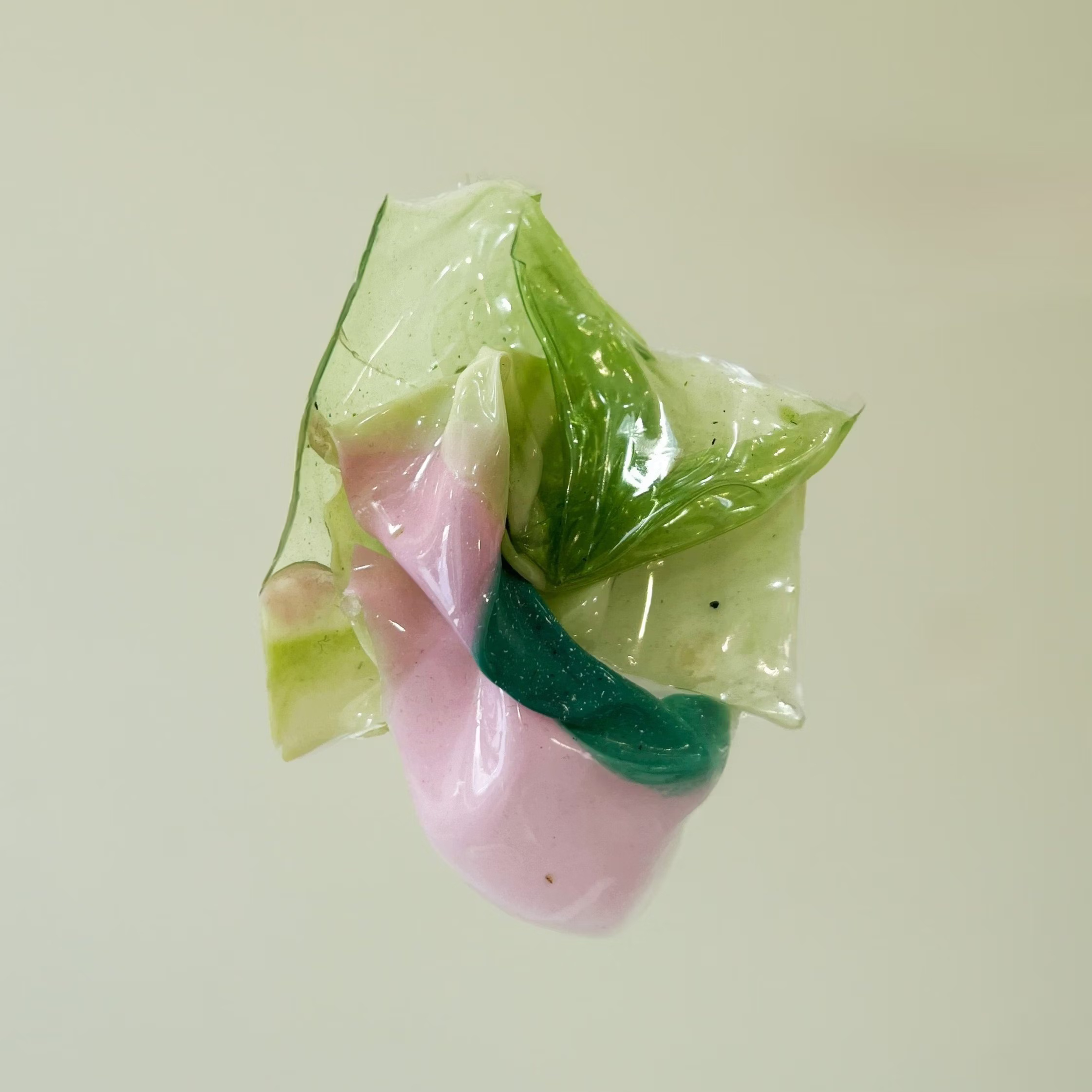

How do you source your plant-based and natural materials?
One of the strengths of the materials I use is that they are commonly found in the local supermarket. Spirulina, corn starch, gelatin, agar, tapioca starch – to name a few – are all found in the aisles of a grocery store.
What do you enjoy about creating art with bioplastic?
I love working with natural ingredients and allowing the pieces to have their own personality.
Bioplastic works well with an artist who isn’t overly controlling. The material wants to have its own opinions with shapes (it often warps while drying) and smells (quite odd sometimes).
The material holds colors perfectly and coloration is my favorite artistic expression.
How do you see the role of art in promoting sustainability and environmental awareness?
In my particular case, I am drawing attention to the beauty that bioplastics can have. They are already used as an alternative textile but haven’t gotten a large market share yet. Biomaterial hasn’t been made alluring or in vogue. If artists can make them sexy and appealing, this attracts the attention of trendsetters and celebrities. When social leaders have or wear a new textile, the larger public becomes more aware and receptive to buying a newer and more sustainable textile.
Caroline Zimbalist at New York Fashion Week 2024
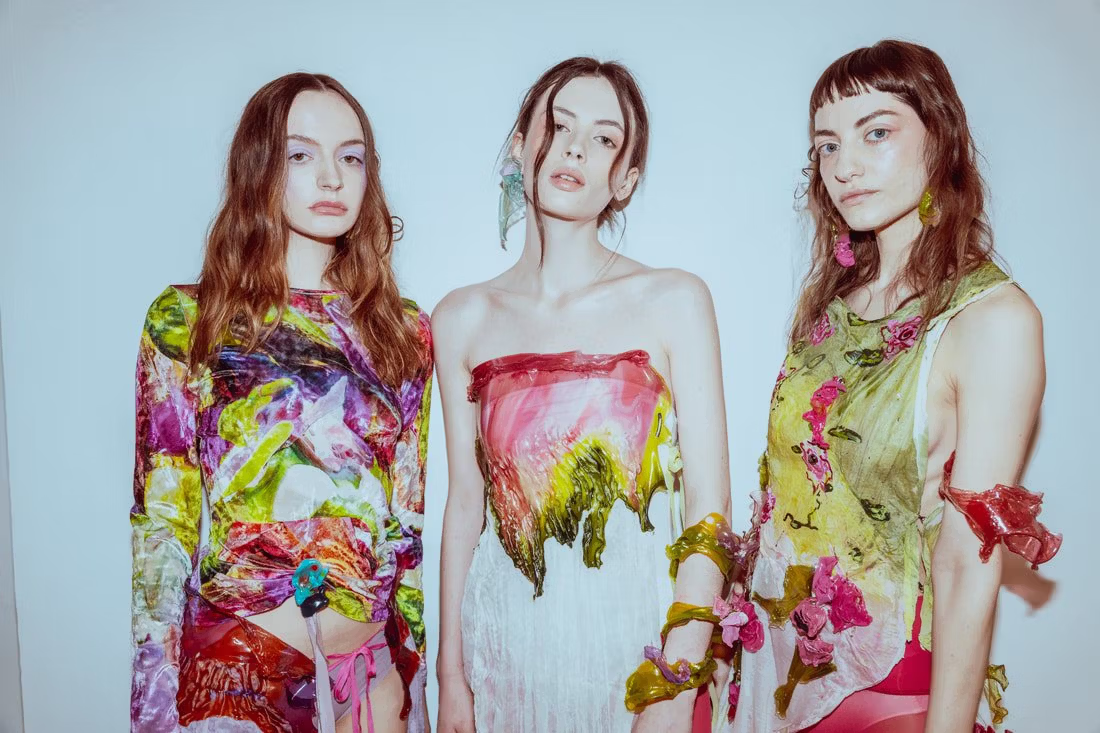

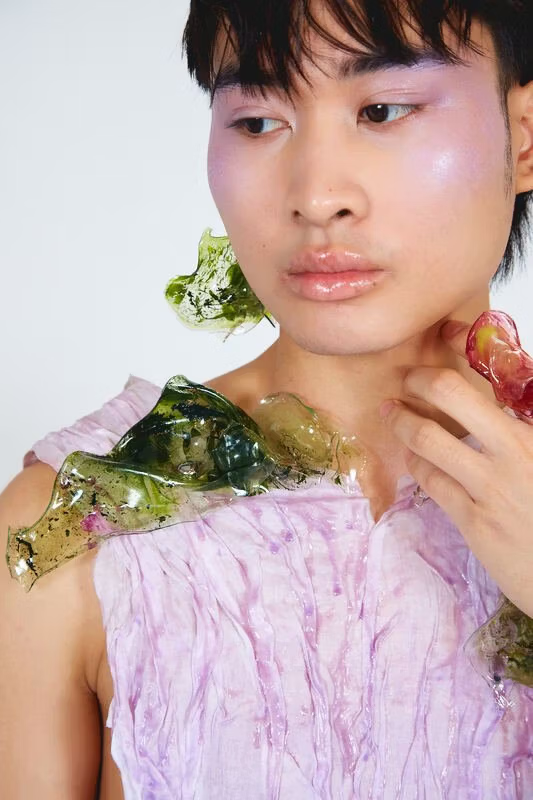

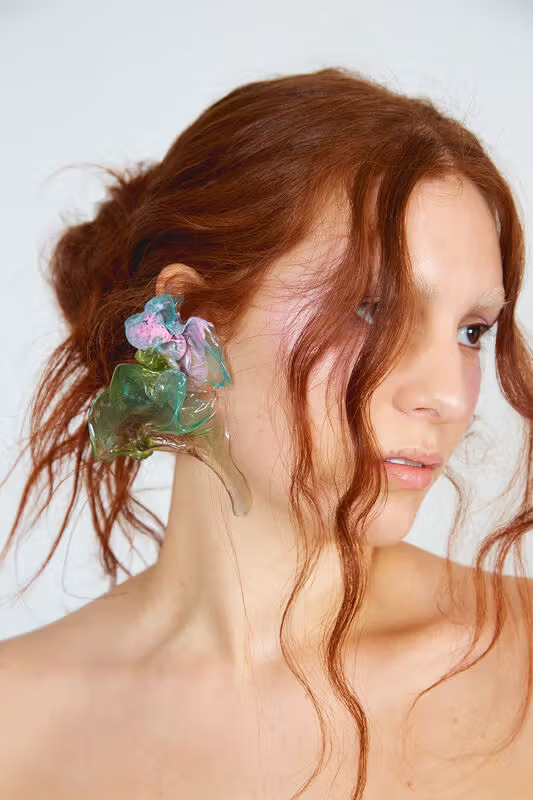
Can you tell us about the commission from ArtLink for the Mein Schiff 7?
ArtLink curators had discovered my bioplastic vases online and thought they would fit well with the collection they were curating. When they contacted me and requested 24 vases for the Mein Schiff 7, I was very excited to have the opportunity to create a larger-than-normal order.
My work is in a lot of private homes but I had been gravitating towards building larger sculptures and creating for commercial spaces. With limited space for so many sculptures as well as my other art, I used the basement of relatives to handle the spillover from my small studio. The main challenge was designing unique pieces approximately the same size and color palette.
I was able to use the commission to directly fund my first New York City fashion show last February – with dresses made of bioplastic. It was a very successful showing and has brought a new chapter to my life as a biomaterial artist. The ArtLink commission for the Mein Schiff 7 has enabled me to show the world the possibilities of bioplastic clothing.


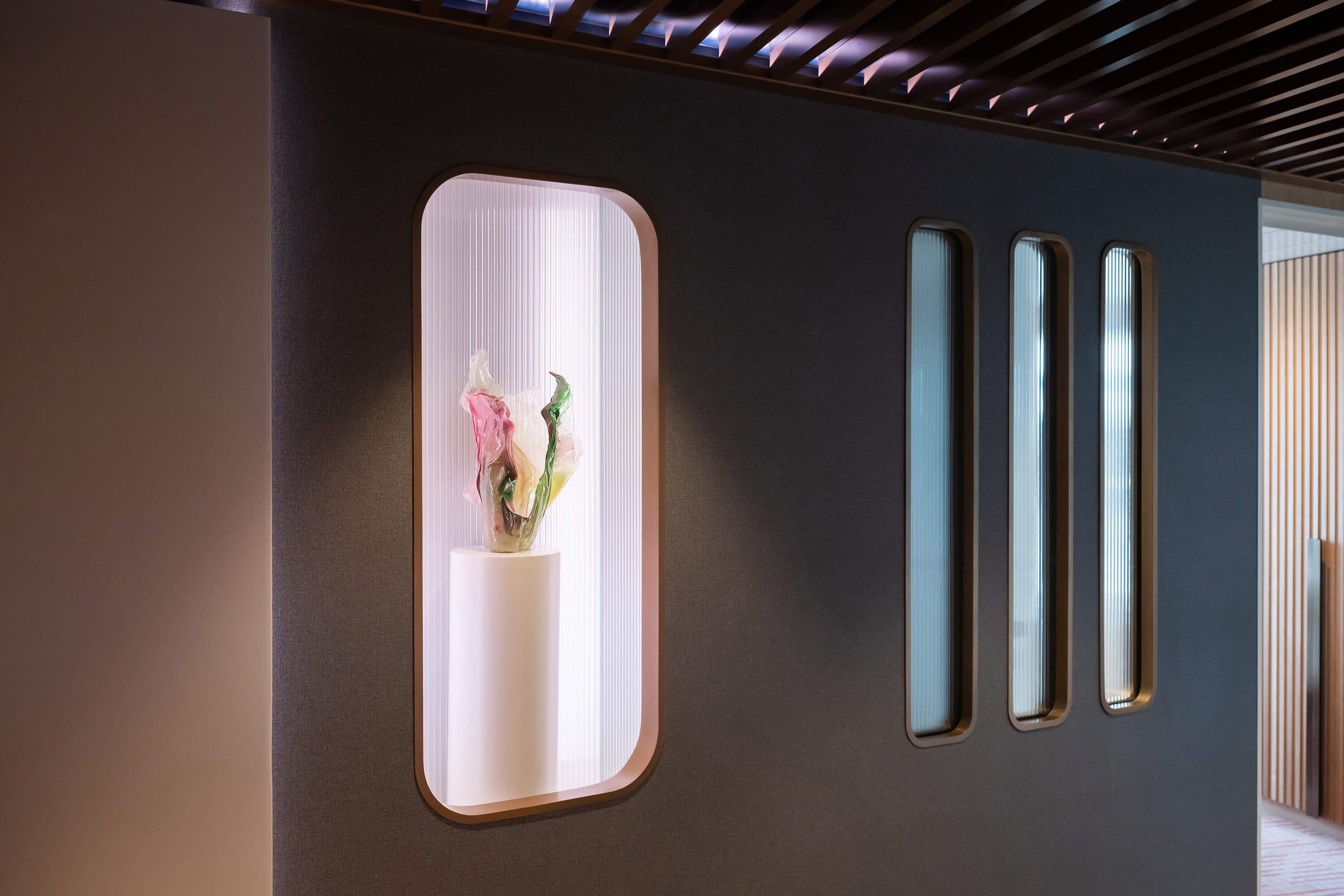
What do you hope guests will take away from experiencing your art aboard the ship?
Firstly, I always hope to bring a small surge of positive emotion for viewers.
Also, guests on the Artlink cruise will be exposed to the potential bioplastics have. Such vacationers come from more material means and might be in a position to advocate and advance this fledgling textile. Through purchasing or describing the pieces to others, they help bring awareness.
Although it’s pleasing to receive finances for my art sales, the income is strictly reinvested in furthering my work with bioplastics. I have not vacationed once in my adult life. Perhaps I’ll take a cruise if I retire one day, on a ship made with biomaterial parts…

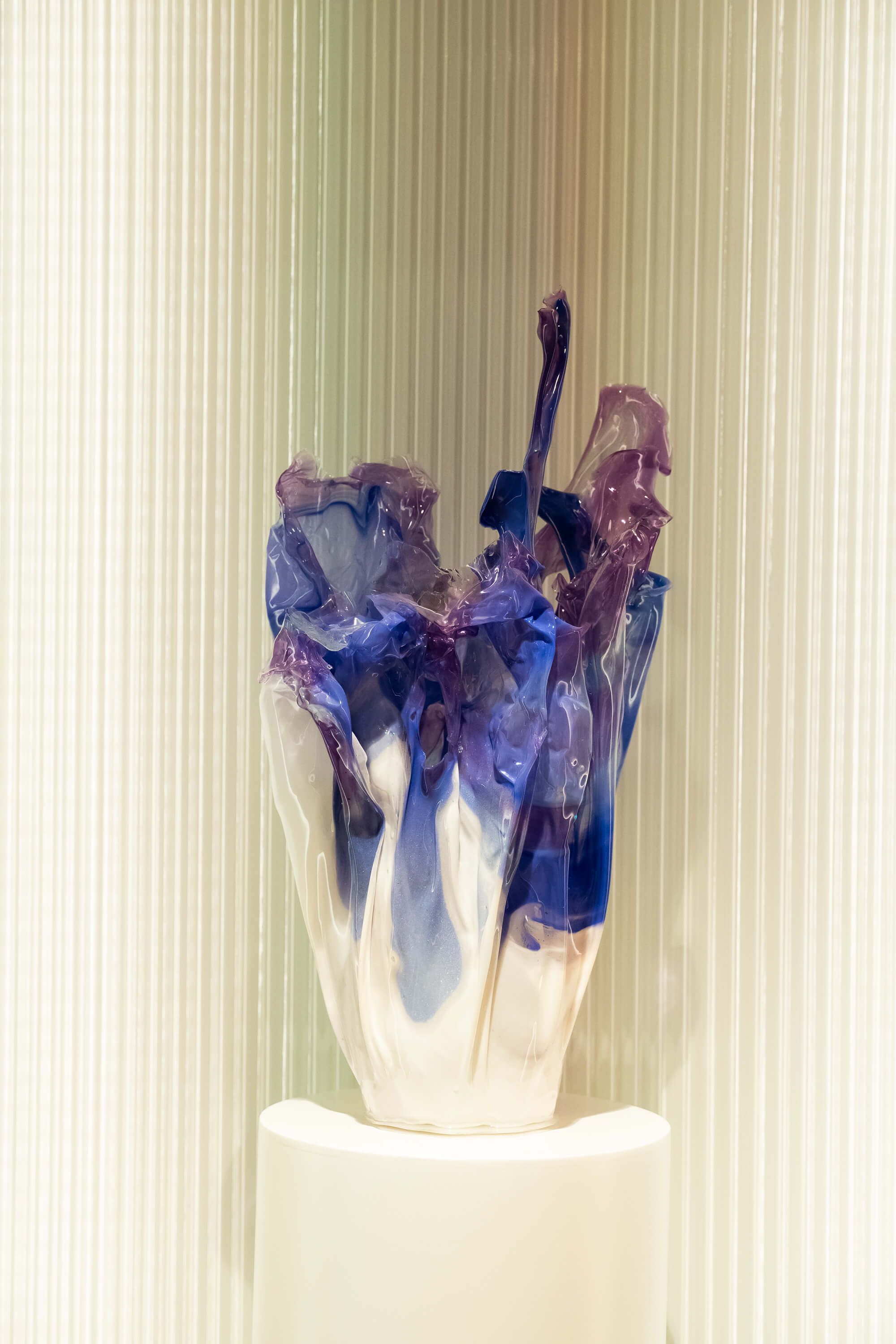
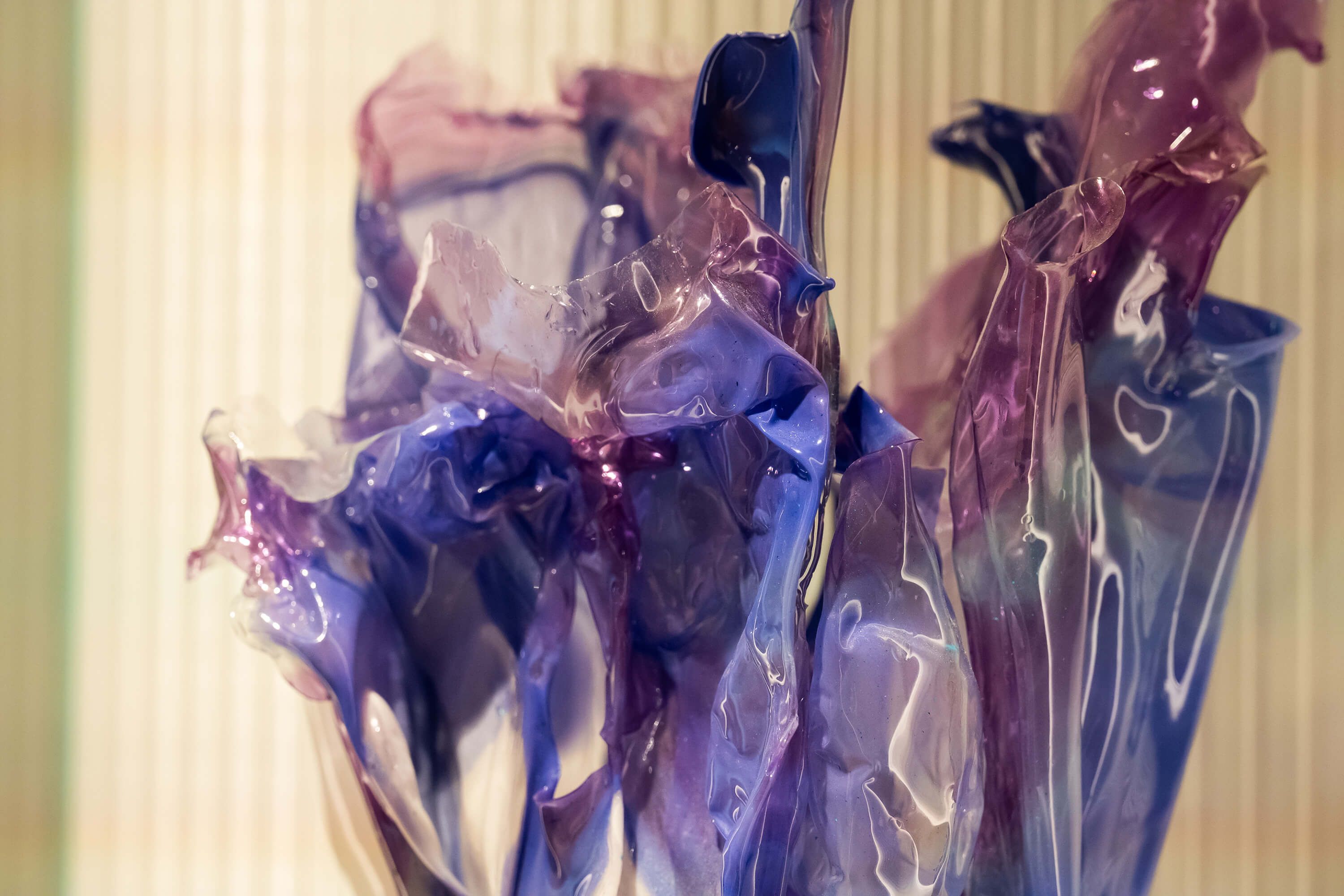
Do you plan to continue working with bioplastic or explore other materials?
I will do both! Bioplastics have become a friend and I always like learning and exploring. So I hope to use newer textiles as well.

